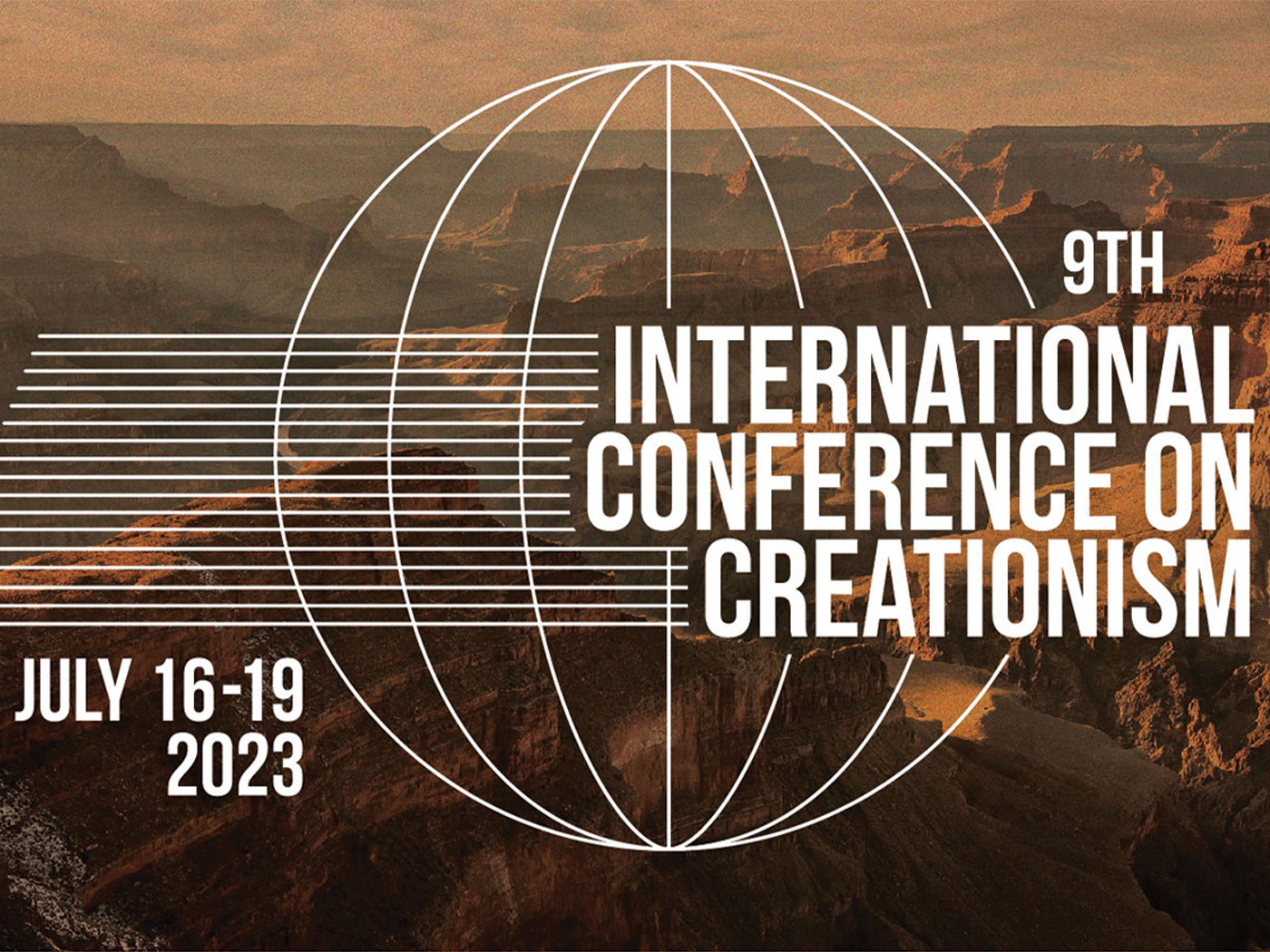Introduction
In 1978, microbiologist Werner Arber received a Nobel Prize in Physiology or Medicine (sharing the honor with Daniel Nathans and Hamilton O. Smith) for the discovery of restriction enzymes and their application to molecular genetics. Restriction enzymes cut DNA at specific places called restriction sites, allowing researchers to work with small sections of genes and to carry out recombinant DNA work, a process that launched the modern genetic revolution.
This discovery marked the "beginning of a new era of genetics," starting an avalanche of research in molecular genetics that opened wide the route to answering many major questions in cell biology and biochemistry.1 The study areas affected by Arber's discovery include solving the basic problem of cell differentiation and control, and even the cell repair mechanisms.1
Born on June 3, 1929, in Switzerland, Werner Arber earned his Ph.D. in biophysics from the University of Geneva in 1958. In his career Arber was a professor at several universities, including the University of Southern California and the University of Basel.2 Much of his research was directly related to evolution, and for this reason his conclusions in this area are of considerable interest.
An Intelligent Design Supporter
After a lifetime of research, Arber summarized his main conclusion about intelligent design (ID) in the following words:
Although a biologist, I must confess I do not understand how life came about.... I consider that life only starts at the level of a functional cell. The most primitive cells may require at least several hundred different specific biological macro-molecules. How such already quite complex structures may have come together, remains a mystery to me. The possibility of the existence of a Creator, of God, represents to me a satisfactory solution to this problem.3
He concluded that religion is important to help humans cope not only with the problem of biological origins, but also with the questions that we all encounter in life, noting that some ideologies "may take the place of a religion but science cannot, although some people tend to claim that it does."3 Arber wrote that his belief in God "helped me to master many questions in life; it guides me in critical situations," and his ID conclusions were "confirmed" by his research into the "beauty of the functioning of the living world."3
Arber conducted extensive scientific research in genetics, evolution, and related areas. In his Nobel Prize autobiography, Arber described his research as long but fruitless attempts to document macroevolution with experimental evidence. For this reason, he wrote that much of his work in this area remains largely unpublished.
One could expect that mutations affecting the part of the enzymes responsible for recognition of the specificity site on the DNA might result in new members of the family, recognizing new specificity sites on DNA. We have in vain spent much time in search for such evolutionary changes both after mutagenization and after recombination between two members of the same family of |bacteria|.4
Arber's findings have been confirmed by many other scientists, such as Bullas et al.5 The most recent replication is by Lenski et al, who evaluated the changes in over 30,000 generations of E. coli, concluding that millions of mutations and trillions of cells were needed to produce the estimated two to three mutations required to allow cells to bring citrate into the cell under oxic conditions.6 This corresponds with Michael Behe's deductions that if one mutation is required to confer some advantage to an organism, this event is likely; if two are required, the likelihood is far less; but if three or more are required, the probability rapidly grows exponentially worse, from very improbable to impossible. Evolution by mutations for this reason has very clear limits.7
Arber also found evidence of a designed system that produces much genetic variety in bacteria and other organisms. One of the reasons he came to doubt neo-Darwinism is the fact that life contains "the presence of genes, the actions of which are more often destructive than useful" to evolution, a fact that Dr. Arber concluded would be "puzzling" if orthodox evolution were true.8
He stated that "the deeper we penetrate in the studies of genetic exchange the more we discover a multitude of mechanisms" involved in human genetics that falsify the mutation plus natural selection core of macroevolution.9 Some of these factors act as promoters or to set limits on genetic factors, and some do both. Arber once wrote that because of its "highly aleatoric |random| nature, biological evolution is often considered to be mainly the result of accumulated errors," but because biological evolution was given "great importance with respect to the long-term maintenance of life on the planet…it is not likely nor conceptually satisfactory that biological evolution could be based uniquely on mistakes."10
Regarding major evolutionary questions, such as the origin of the information required for natural selection, Arbor wrote in his Nobel Prize speech that the answers so far proposed are often trivial or avoid the major questions facing Darwinism. He gave the example of using meaningless phrases such as "evolutionary driving forces" to explain how life evolved. As Arbor wrote, the claim that "more intensive research is needed to understand the apparent complexity of nature" is actually an admission of ignorance about the origin of complexity in the living natural world.9
Arber's Research on Evolution
For his study of mutations, Arber selected bacteria because they have short generation times (20 minutes vs. 20 years for humans) and therefore reproduce enormous numbers of progeny in only a few days. They also do not have sophisticated genetic repair mechanisms as do eukaryotes, allowing far more mutations to be expressed in their offspring. One of Arber's studies evaluated 10,000 generations of E. coli under various conditions, finding that "tremendous diversity accumulated within each population."11 The phenotypic change was very rapid for the initial 2,000 generations, but far slower for the subsequent 8,000 generations, conforming to the research on viruses that found the rate of fitness gain "decelerated significantly over time," as did the rate of nucleotide substitution.11 Arber concluded that genetic variety has definite limits, a finding carefully documented by Behe.7
Most evolutionists believe that mutations provide the raw material for natural selection, and that these two mechanisms are the basis for everything from the molecular machinery of the cell to the entire history of life on earth. Contrary to this belief, Behe found that the effect of these mechanisms on bacteria can explain only marginal changes, and would account for very little of the basic machinery of life and the variety of life existing today.
In a review of the available research findings, Arber concluded that "bacteria use in parallel three qualitatively distinct natural strategies to obtain genetic variations."12 These strategies are 1) the acquisition of genetic information originating from another organism by horizontal gene transfer, 2) recombination rearrangements of DNA, and 3) small local changes in the genome nucleotide sequence.13 Arber added that designed, genetically-encoded enzymes largely influence these rearrangements. These enzymes function either as generators of genetic diversity, or as modulators of the frequency of genetic variation.
This evidence indicates that the changes he observed in bacteria resulted almost solely from transposition and other types of chromosomal rearrangement, not mutations as required by macroevolution.11 This study provides clear evidence that the putative evolution observed in microorganisms is primarily, if not totally, a result of built-in mechanisms designed to produce genetic, and thus phenotypic, variety.
The steady implementation of these systems, together with non-genetic factors such as external mutagens, cause genetic variation of microbial populations and, by inference, genetic variation in other populations.12 We know this because similar genetic systems designed to produce genetic variety are also present in higher organisms. They likely have influenced the past adaptations of these organisms and continue to play a role in causing minor genetic alterations.
Conclusions
Arber concluded that the genetic mechanisms that produce variation are designed and are not products of Darwinian evolution. Furthermore, this variation--often called microevolution--has clear limits and is unable to produce macroevolution. Arber stressed that the knowledge of the "molecular basis of biological evolution" impacts not only "our worldview" in the areas of origins, but also has implications for the possible risks of genetic engineering.12 It is for this reason that Arber affirmed that only the existence of a Creator God is a satisfactory solution to the problem of biological origins.3
References
- Speech by Peter Reichard, quoted in Arber, W, D. Nathans, and H. O. Smith. 1992. 1978 Physiology or Medicine. In J. Lindsten (ed.), Nobel Lectures: Physiology or Medicine 1971-1980. River Ridge, NJ: World Scientific Publishing, 471-473.
- Schlessinger, B. and J. A. Schlessinger. 1986. The Who’s Who of Nobel Prize Winners. Oryx Press: Phoenix, AZ.
- Arber, W. 1992. The Existence of a Creator Represents a Satisfactory Solution. In Margenau, H. and R. A. Varghese (eds.), Cosmos, Bios, Theos: Scientists Reflect on Science, God, and the Origins of the Universe, Life, and Homo sapiens. La Salle, IL: Open Court, 141-143.
- Arber, W. 1979. Werner Arber: The Nobel Prize in Physiology or Medicine 1978 Autobiography. In Odelberg, W. (ed.), The Nobel Prizes 1978. Stockholm: Nobel Foundation. Also available online at Nobelprize.org.
- Bullas, L. R., C. Colson, and A. Van Pel. 1976. DNA restriction and modification systems in Salmonella. SQ, a new system derived by recombination between the SB system of Salmonella typhimurium and the SP system of Salmonella Potsdam. Journal of General Microbiology. 95 (1): 166-172.
- Blount, Z., C. Borland, and R. Lenski. 2008. Historical Contingency and the Evolution of a Key Innovation in an Experimental Population of Escherichia coli. Proceedings of the National Academy of Science. 105: 7899-7906.
- Behe, Michael. 2007. The Edge of Evolution. New York: The Free Press.
- Arber, W. 1996. Molecular Mechanisms Promoting and Limiting Genetic Variation. In Di Castri, F. and T. Younes (eds.), Biodiversity, Science and Development: Towards a New Partnership. Wallingford, Oxon (UK): CAB International.
- Arber, W, D. Nathans, and H. O. Smith. 1992. 1978 Physiology or Medicine, Nobel Lectures: Physiology or Medicine 1971-1980, 469-492.
- Arber, W. 1991. Elements in Microbial Evolution. Journal of Molecular Evolution. 33: 4-12.
- Papadopoulos, D. et al. 1999. Genomic Evolution During a 10,000-Generation Experiment with Bacteria. Proceedings of the National Academy of Science USA. 96: 3807-3812.
- Arber, W. 2001. Microbiology: Impact on Research in Life Sciences. Micron. 32: 5-6.
- Arber, W. 2000. Genetic Variation: Molecular Mechanisms and Impact on Microbial Evolution. FEMS Microbiology Reviews. 24: 1-7.
* Dr. Bergman is Professor of Biology at Northwest State College in Ohio.
Cite this article: Bergman, J. 2008. Werner Arber: Nobel Laureate, Darwin Skeptic. Acts & Facts. 37 (9): 10.




.jpg)

















